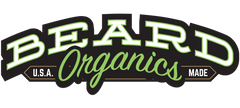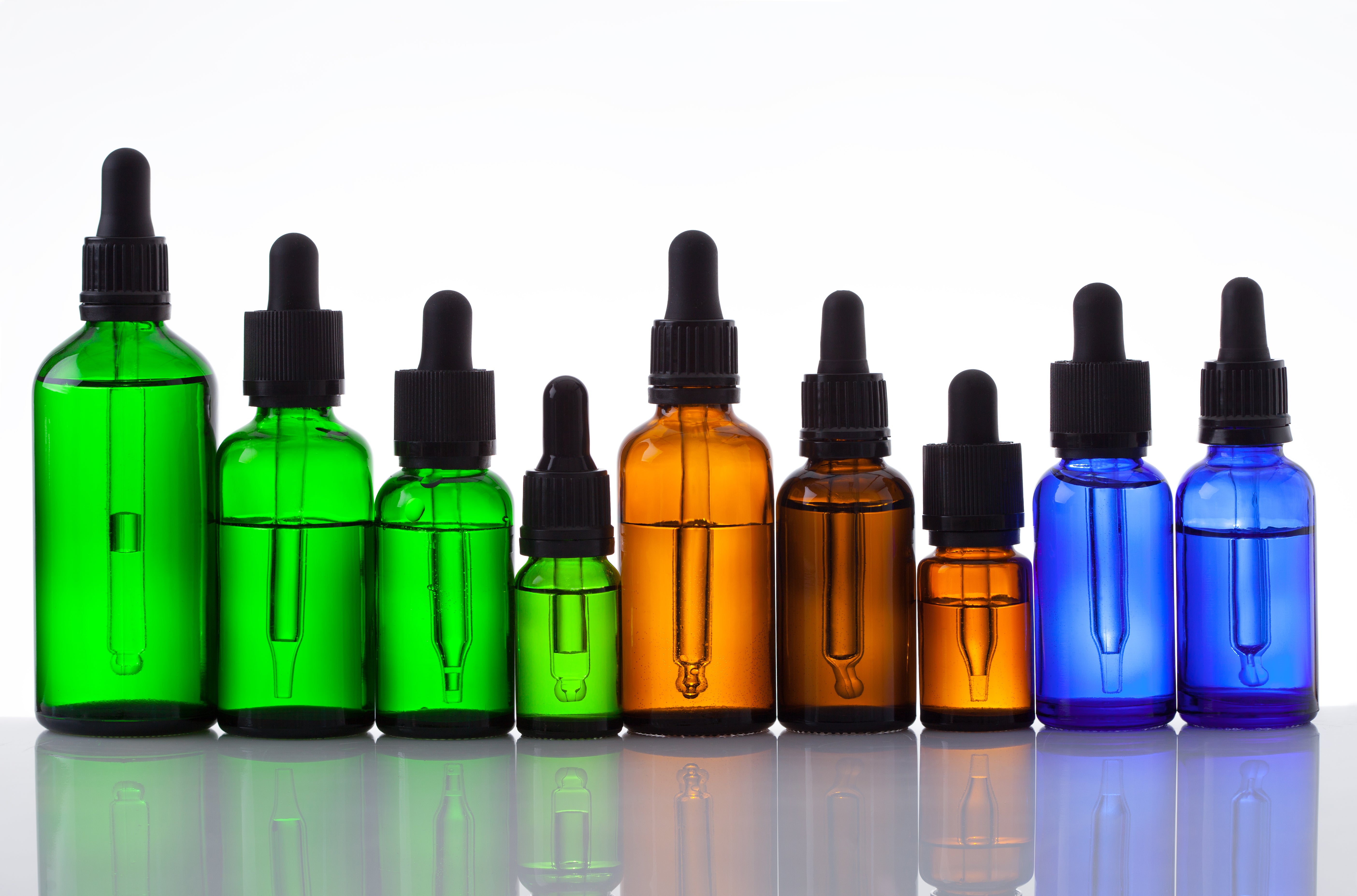Seeing patches in your beard can be demoralizing and disappointing, but don’t panic because this article will show you how to fix a patchy beard and get the full beard you always desired. A patchy beard is nothing to be worried about and should not cause you any stress whatsoever. We all need to first understand that being able to grow a full beard comes partly down to our genes. If we don’t have it in our genes it will not grow the way we all wanted it to grow (Thick full beards). A patchy beard, in most cases, isn’t a lifelong diagnosis and the good news is that it can be fixed by following the grooming advice and suggested diet changes in this article. Let’s dive in.
Allow Your Beard To Continue Growing...
Allowing your beard to grow long enough to cover up sparse areas is one of the best ways to disguise a patchy beard. You need to be patient with your beard by simply allowing it to grow for a couple of weeks. The reason this is considered as a way of fixing a patchy beard is that when you leave your beard to grow well, the full parts will obscure the thin spots, tricking the eye into believing it is all thick and glossy.
Or Keep Your Beard Trimmed
Another way to fix a patchy beard is by trimming. For instance, if a bushy beard isn’t the look you desired, you could make it look sleek and trim. When you have both long and short hair in your beard, it will only exaggerate the difference and draw people’s attention to the inconsistent growth. Always take your time to give yourself a neat and equal trim, and make sure you check as you go because you may end up with a more patchy beard than ever before by any slight mistake.
Fix Uneven Beard Growth
Keeping your beard trimmed to an equal level is one way to eliminate the appearance of patches. Uneven beard growth should be treated as fast as possible or leave it full enough to cover the patches. If you could manage the length of your facial hair so that it is as even (equal) as possible, the patches should be less obvious. You should take good care of your beard because a well-managed beard is a well-loved beard.
Use a Beard Comb or Beard Brush
Making use of a beard brush, which is different from our hairbrush, will increase the volume of the beard. Beard brush or beard comb lifts hairs to increase both the quality and quantity of your magnificent beard. It also increases blood flow to the beard scalp which, in turn, enhances beard growth.
It is recommended to comb or brush your beard at least once per day, however, you need to be extremely careful when combing and brushing in order to not pull more hair out. Too much combing or brushing can cause further hair loss, which can lead to a patchy beard.
Change To A Healthy Diet For Beard Growth
Our diet is one of the key aspects we need to consider when learning how to fix a patchy beard. Eating unhealthy foods (Junk foods) could make our beard patchy, and above all cause damage to our body system. We should always consider what we eat because a poor diet has an adverse effect. If we eat healthily our beard will surely benefit from it.
Vitamins A
Vitamin A produces sebum, which is the body’s natural oil. Sebum helps to boost the volume of your beard hair by moisturizing and lubricating it. Citrus fruits, Cod liver oil, Eggs, Spinach, and Sunflower seeds are good sources of vitamins A.
Vitamin E
Vitamin E helps to repair damaged hair follicles, breakage, and brittle hair. It also acts as a deep moisturizer for our hair. Some good sources of vitamin E include margarine, sunflower, almonds, peanuts, safflower, corn, spreads, soybean oils, and hazelnuts.
Vitamin C
Vitamin C helps us to absorb iron, which is a necessary mineral for the hair. This vitamin also protects us from stress and helps us to create a protein known as collagen. Some good sources of Vitamin C include orange, kiwi, lemon, guava, grapefruit, papaya, cantaloupe, and broccoli.
Beta A Carotene
Beta A Carotene helps to boost the hair volume, and this is because it is a good source for repairing skin tissue. Carrots, kale, spinach, and egg yolks are good sources of Beta A Carotene.
Omega-3 Fatty Acids
Omega-3 fatty acids promote overall hair growth as well as preventing it from getting dry and brittle. Some good examples of Omega-3 fatty acids are salmon, walnut, and flaxseed oil.
Vitamin B12
Vitamin B12 is a good source of food that could be used to prevent hair loss caused by stress while also promoting hair growth.
Vitamins B6
Vitamins B6 supplements ensure the high flow of blood towards the scalp and hair follicles. It also helps in reducing mental stress. Some good sources of vitamin B6 include pork, bread, fish, vegetables, poultry, oatmeal, wheat germ, and brown rice.
Biotin
Biotin is one of the most popular hair growth vitamins. Biotin, also known as vitamin B7, performs a good role in stimulating our hair growth by increasing the production of keratin, which is a structural protein of hair. Keratin is responsible for healthy skin, nails, and hair. Foods that contain biotin include the following: Wheat germ, bread, soybeans, walnuts, oyster, egg yolk, almonds, peanuts, etc.
Avoid Hair Growth Products with Minoxidil
Minoxidil can be seen as a cure for hair loss, however, this product mustn’t be used without the express consultation of a dermatologist. All over the internet, you may have come across its benefits for hair growth, but Minoxidil is a powerful medication not designed for facial use and it comes with so many side effects.
Not only is there a possibility for short-term side effects, but also your face is far more porous than the skin on your scalp, meaning you could absorb some dangerous chemicals into your bloodstream that causes a lot of damage. Minoxidil could as well cause dryness and other skin irritations, and hair loss. This makes the patches even worse.



